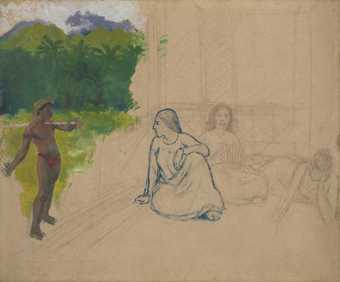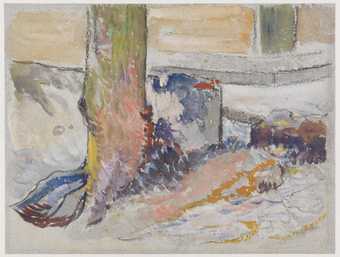Biography
Eugène Henri Paul Gauguin (UK: , US: , French: [øʒɛn ɑ̃ʁi pɔl ɡoɡɛ̃]; 7 June 1848 – 8 May 1903) was a French Post-Impressionist artist. Unappreciated until after his death, Gauguin is now recognized for his experimental use of colour and Synthetist style that were distinct from Impressionism. Toward the end of his life, he spent ten years in French Polynesia. The paintings from this time depict people or landscapes from that region.
His work was influential on the French avant-garde and many modern artists, such as Pablo Picasso and Henri Matisse, and he is well known for his relationship with Vincent and Theo van Gogh. Gauguin's art became popular after his death, partially from the efforts of dealer Ambroise Vollard, who organized exhibitions of his work late in his career and assisted in organizing two important posthumous exhibitions in Paris.
Gauguin was an important figure in the Symbolist movement as a painter, sculptor, printmaker, ceramist, and writer. His expression of the inherent meaning of the subjects in his paintings, under the influence of the cloisonnist style, paved the way for Primitivism and the return to the pastoral. He was also an influential practitioner of wood engraving and woodcuts as art forms. In the 21st century, Gauguin's Primitivist representations of Polynesian cultures and peoples, the artist's sexual relationships with teenage Tahitian girls, and the legacy of European colonialism in his work have been a subject of renewed scholarly debate and controversy.
This biography is from Wikipedia under an Attribution-ShareAlike Creative Commons License. Spotted a problem? Let us know.
Read full Wikipedia entryArtworks
-
Paul Gauguin Tahitians
c.1891 -
Paul Gauguin Faa Iheihe
1898 -
Circle of Paul Gauguin Study of a Tree. Verso: Portrait Study of a Man (?Paul Gauguin)
?1887 -
Paul Gauguin Harvest: Le Pouldu
1890





